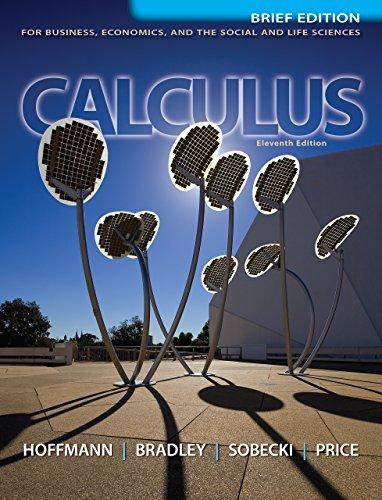Question
Consider three urns, one colored red, one white, and one blue. The red urn con- tains 1 red and 4 blue balls; the white urn
Consider three urns, one colored red, one white, and one blue. The red urn con- tains 1 red and 4 blue balls; the white urn contains 3 white balls, 2 red balls, and 2 blue balls; the blue urn contains 4 white balls, 3 red balls, and 2 blue balls. At the initial stage, a ball is randomly selected from the red urn and then returned to that urn. At every subsequent stage, a ball is randomly selected from the urn whose color is the same as that of the ball previously selected and is then returned to that urn. In the long run, what proportion of the selected balls are red? What proportion are white? What proportion are blue?
Add the following question:
Denote by T the number of balls we have drawn when we see the first red ball. Find ET.
Step by Step Solution
There are 3 Steps involved in it
Step: 1

Get Instant Access to Expert-Tailored Solutions
See step-by-step solutions with expert insights and AI powered tools for academic success
Step: 2

Step: 3

Ace Your Homework with AI
Get the answers you need in no time with our AI-driven, step-by-step assistance
Get Started


